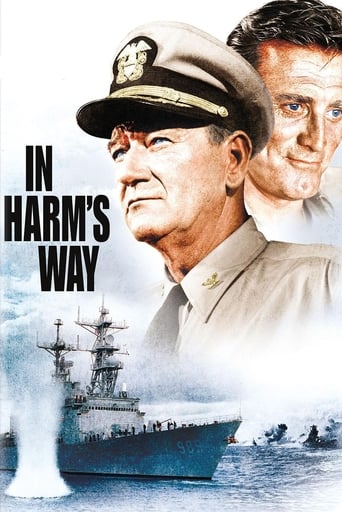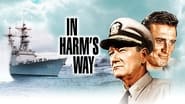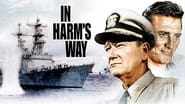Matthew_Capitano
Mostly a soap opera masquerading as a war film. Kirk Douglas' character is second billed and he dies as a hero right after he rapes a woman, and nothing is mentioned about it ever again except that the girl he raped commits suicide afterwards, yet Douglas continues to be respected by his Navy colleagues.Not a standard action film and the melodramatic scenes are likely to put you to sleep. Wayne is his usual gruff self... too bad he wasn't given much to do except ride in a jeep from one location to another so he could stand around some more. Pretentiously directed by Otto Preminger. Somewhat peculiar casting, primarily by Hollywood's better known faces (Burgess Meredith, Carroll O'Conner, etc.). Could have been a more exciting film with a better script and a lot less bugle oil about who's dating who.
writers_reign
A largely forgotten entry from 1965 this has now turned up on DVD and at Thrift-Shop prices had to be good for at least one viewing given the names involved. The 'best-selling' novel on which the screenplay was based has somehow eluded me unlike say, From Here To Eternity, The Young Lions, The Caine Mutiny, The Naked And The Dead, Battle Cry, etc but we mustn't begrudge Hollyood its flacks. It turns out to be fairly enjoyable and entertaining with Duke Wayne well up to heading a starry cast, some of whom - Franchot Tone, Hank Fonda, Burgess Meredith - had established themselves before Duke and others - Kirk Douglas, Patricia Neal, Brandon de Wilde, Paula Prentiss, sometime later, making for a nice melange. Preminger keeps a firm if fairly dull hand on the wheel and a fair time is had by all.
jhkp
One thing I think this film captures is the real toll war takes on human relationships. It's more somber than the usual Hollywood war film. The leading characters spend the film doing their duty to the best of their ability. They aren't even thinking about the future a lot of the time. There doesn't seem to be a future, only the grim present. While I've seen the story referred to here as "melodrama," it seems to be pretty close to real life.Wayne plays his part beautifully. His conversations with his estranged son, his relationship with the nurse (played sensationally by Patricia Neal) - he really is a "rock." A fine man, who seems to be bearing the weight of the whole war on his shoulders, at times.The cinematography is spectacular, overall. It's been a long time since I saw the film but I'll never forget the shot of San Francisco, with Paula Prentiss. There is so much expressed in that shot.The deliberateness of the pacing is, to me, very effective. War is not an adventure, it's just doing a job, in very difficult circumstances, no matter what you'd rather be doing. Duty is deliberate.
oldgringo2001
I actually read the novel, and the movie is much more faithful to it than most screen adoptions. I agree that the model work was quite poor, but extremely forgivable given the strong story-line and acting. It captures the feel of the naval war in the Pacific for the Americans quite well. Since quite a number of other reviewers have agreed with me, the rest of this review will concentrate on differences between the movie and what actually happened.Motor torpedo boats did sink a battleship once--in World War I. The PT boats of this war never sank anything larger than a destroyer, and few of those. Many had their torpedoes removed to fit small cannons, useful for sinking barges and floating drums. While new craft could reach 40 knots in calm water, engines tended to wear out quickly, and in combat conditions, the PT boats were generally slower than the ships they were trying to attack.There never was a daylight battle between any Japanese battleships and American cruisers. There were two night battles, one at Guadalcanal and one at Surigao Strait in the Philippines, and in the latter, the American cruisers were backed by six battleships, versus only two Japanese battleships and one cruiser.The mighty Yamato never fought anything more formidable than destroyers, and doesn't seem to have scored a single hit on an enemy vessel. Her sister Musashi never sighted an enemy vessel. Both were sunk by aircraft. Their poor performance might be explained by their spending most of the war at anchor. They were comfortable ships even for enlisted men, at least by the standards of the Japanese navy of the time. Yamato was often called "the Yamato Hotel" and the Musashi "the Palace."The U.S. Navy did very little mining during World War II. Laying mines to protect Guadalcanal would have been a wonderful idea, but then, as now, mines were unpopular weapons with the admirals. The final battle in the movie and the novel seems to be most similar to a night battle on November 13, 1942 between a US force of cruisers and destroyers and a Japanese task force built around two older battleships (each about half the size of Yamato). The US force suffered heavy casualties and two US Admirals were killed, but it crippled one of the battleships, leaving it vulnerable to US bombers the next day.







